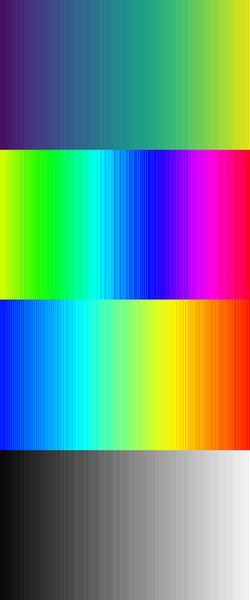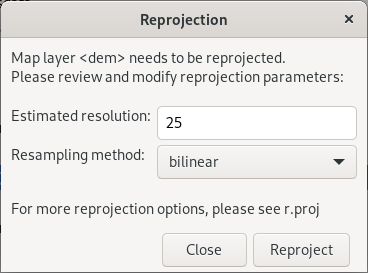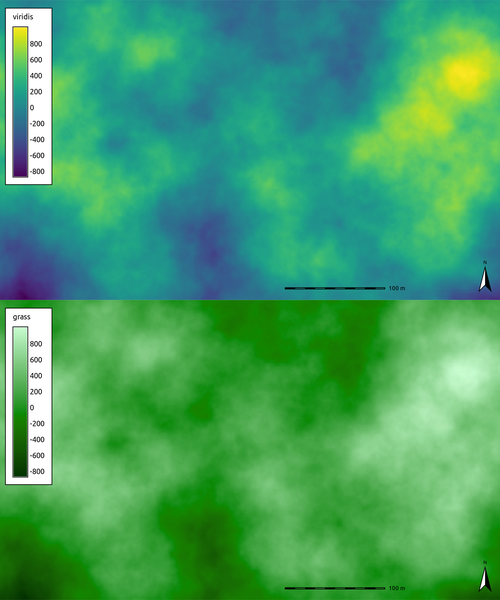

- #Modify table grass gis how to#
- #Modify table grass gis mac os#
- #Modify table grass gis install#
- #Modify table grass gis full#
- #Modify table grass gis software#
When the wizard is finished, the new location will be listed on the start-up screen. Select a name for the new location, select EPSG method and code 3358. Open Location Wizard with button New in the left part of the welcome screen. We will create a new location for our project with CRS (coordinate reference system) NC State Plane Meters with EPSG code 3358. You can use the Browse button and the dialog in the GRASS GIS start up screen to do that. Or in your home directory (on Linux), create one. Unless you already have a directory called grassdata in your Documents directory (on MS Windows) Start GRASS GIS, a start-up screen should appear. Mapset is a collection of maps within Location, containing data related to a specific task, user or a smaller project.All data within one Location has the same coordinate reference system. Location is a directory with data related to one geographic location or a project.A GRASS GIS Spatial Database ( GRASS database) consists of directory with specific Locations (projects) where data (data layers/maps) are stored.
#Modify table grass gis how to#
In the following we review important terminology and give step by step directions on how to download and place your data in the correct place. You will create a new location and import the required data into that location. GRASS uses specific database terminology and structure ( GRASS GIS Spatial Database) that are important to understand for working in GRASS GIS efficiently. However, you will need to know how to place your data in the correct GRASS GIS database directory, as well as some basic GRASS functionality.
#Modify table grass gis full#
For this exercise it's not necessary to have a full understanding of how to use GRASS GIS. Here we provide an overview of GRASS GIS. Later, for bonus task, download also this (much larger) file:īasic introduction to graphical user interface GRASS GIS Spatial Database We will need the two following ZIP files, downloaded and extracted:

This can be done through GUI, but for simplicity copy and paste and execute the following lines one by one in the command line:
#Modify table grass gis install#
You will need to install the following GRASS GIS Addons.

#Modify table grass gis mac os#
Note also that there is currently no recent version of installation on Mac OS where 3D view is accessible. Note that on Mac OS in some versions the r.in.lidar module is not accessible, so you need to check this and use r.in.ascii in combination with libLAS or PDAL command line tools to achieve the same or, preferably, use OSGeo-Live. If you have these already installed, you need to use reinstall instead of install. Install GRASS GIS using Homebrew osgeo4mac: Sudo add-apt-repository ppa:ubuntugis/ubuntugis-unstableįor other Linux distributions other then Ubuntu, please try to find GRASS GIS in their package managers or refer to .ĭownload the standalone GRASS GIS binaries from.
#Modify table grass gis software#
r.in.lidar should work).Īll needed software is included in OSGeo-Live. GRASS GIS 7.2 compiled with libLAS is needed (e.g.


 0 kommentar(er)
0 kommentar(er)
